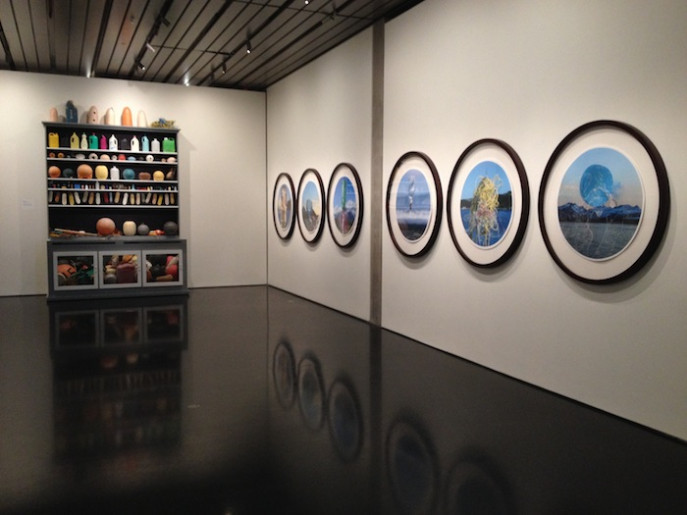
Ellen C. Caldwell
Plastic and its lasting after-effects have been a recurring topic of conversation over the past decade. News about the accumulation of microplastics, the drastic effect of human consumption and waste, and the seemingly permanent lifespan of this man-made material fill our newsfeeds, social media, and minds. I think many of us have been aware with the problem of plastic for a long time (artists too), but it wasn’t until I saw Gyre: The Plastic Ocean, curated by Julie Decker, that I really considered the extensive, massive, and exhaustive issues at hand in a more poetic and profound way.
In 2013, the Anchorage Museum and the Alaska SeaLife Center partnered to bring a team of scientists, artists, and educators together to journey along the Alaskan coastline, much as the loads of tourists do every year. Only on this trip, the team was specifically there to collect, document, and reflect upon the marine debris they found, most of which was plastic, scattered from international locations and landing in remote and should-be pristine Alaskan harbors.
What resulted from this trip and from the museum’s call to artists is an exemplary exhibit that does what both museums and art should – it educates, it informs, it problematizes, and it shares wonderfully aesthetic and moving art and video installations. I walked around the museum with sporadic onsets of goose bumps, reading chilling facts, seeing equally chilling images, and being totally in awe of the ways in which the artists were able to visually transform the emotionality of their experience in Alaska onto and into a canvas, photograph, or sculptural installation.
Read the rest here at New American Paintings.
